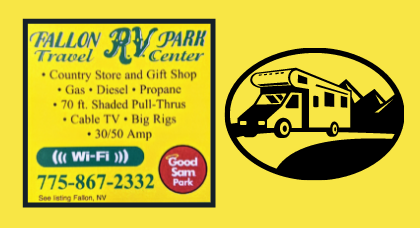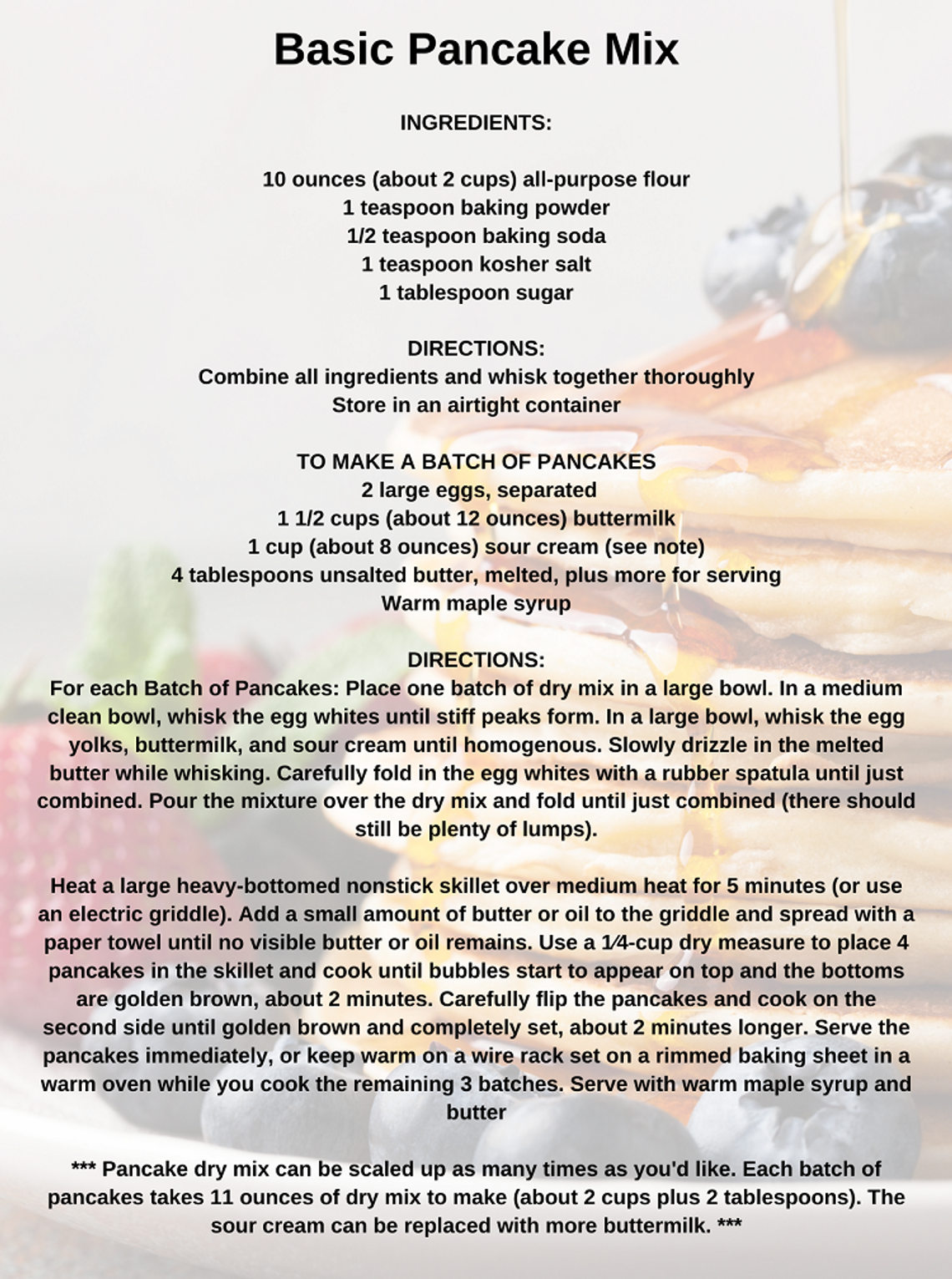Proper Planning and Preparation Prevents Piss Poor Performance
So much of what we do in the kitchen involves preparation. Maybe you take some time before heading to the store to plan out what your menus are going to look like for the coming week. That’s Preparation. Maybe you have a running list somewhere on your fridge or your countertop of things that you need to buy to resupply your household, alternatively, you might write up a shopping list before hitting Safeway. That’s Preparation too. Maybe you even take the time to get all of your ingredients out of the fridge, wash & chop up all of your veggies, and have all of your measuring cups and utensils ready to go before you start cooking a recipe, this is called Mis En Place and it is 100% Preparation.
This brings me to the next segment of my “Stocking Your Pantry” series. Baking season is upon us. In order to help you feel confident whipping up a batch of muffins to satisfy a hankering, or whisking up some delicious from-scratch pancakes, it is essential to put some thought into your pantry. Having a stock of regularly used culinary ingredients on hand makes baking and cooking a breeze. Fortunately, there are a number of “staple” ingredients that make regular appearances in virtually every baking recipe (or formula) that you will encounter. So today, I present you with my take on provisioning a baking pantry.
Essentials
Flour - All-purpose flour is the most important because you can use it in many different applications. AP Flour can be used in ANY baking recipe. There are other flours that might be better for single applications (cake flour for cakes, high-gluten flour for breads, etc) but every recipe that calls for flour can be prepared with success using AP Flour.
Leaveners - A leavener is an ingredient that causes a chemical reaction during the baking process to create the tiny gas bubbles that creates rise. Without leaveners, every baked good would end up the texture of a brick. The most important leaveners to have on hand are baking soda, baking powder, and yeast. Baking soda is just straight up sodium bicarbonate. When combined with an acid and heat baking soda goes super fizzy (flash back to crazy childhood science experiments). Acids that activate baking soda include buttermilk, sour cream, and yogurt; molasses, brown sugar, cocoa powder (not Dutch-processed), citrus juice, vinegar, or cream of tartar. Baking powder is like baking soda made simple, it is baking soda combined with cornstarch and a powdered acid. When the baking powder specifies “double-acting” that means that it will generate bubbles when it is introduced into your batter and when heat is applied.
Sweeteners - There are 4 sweeteners that I can’t live without in my pantry: granulated sugar, brown sugar, confectioner’s sugar, and honey. Sometimes I put on my fancy pants and buy castor sugar, both kinds of brown sugar, Turbinado sugar, or coconut sugar. Basically, granulated sugar is basic. Brown sugar is granulated sugar and molasses (the more molasses the darker the sugar). Confectioner’s sugar is super finely grounded granulated sugar and cornstarch.
Fats - Basic fats to always have on hand for baking purposes are vegetable oil and either lard or shortening. Butter is also essential, though that is best stored in the fridge not the pantry.
Salt - Again, I am a super-fan of Diamond Crystal salt, but to each their own. I know most people would probably scoff at having to make a special trip out of town (or a special Amazon order) just to get salt. But I love it that much. Whatever salt you choose, for baking you will want to use a regular grind in the recipe and a larger flakier salt for sprinkling on top. Every sweet thing that you make should include some salt, and every savory dish should include something to add a little sweetness.
Flavorings - The most essential flavoring ingredient to have on hand is vanilla extract. I never buy imitation vanilla and actually prefer homemade vanilla extract which is as simple as combing grain alcohol with vanilla beans and waiting. Fortunately, you never use a LOT of vanilla in any one recipe, so a small bottle goes a long way!
Add-ins - The best part of every baking recipe is the last stage of mixing when you get to dump in your “add-ins.” Chocolate chips, peanut butter chips, white chocolate chips, butterscotch chips, nuts, nut butters, jams, jellies, coconut, dried fruit, oats, marshmallows. This list could be pretty endless and I will refrain from making recommendations because this is a category where you should do you.
Non-Essentials
Here is a supplementary list of baking ingredients that are not necessarily essential for your pantry, but sure are nice to have on hand. If you are an avid baker (or want to be) or your tastes are varied, consider having some of these ingredients in your kitchen.
Specialty Flour & Grains - oat flour, whole wheat flour, rye flour, teff flour (bonus for buying from “The Pride of Fallon” Desert Oasis Teff and Grain), cake flour, bread flour. Also in this category, I am going to toss in cornstarch and Wondra. Oats (quick and old-fashioned rolled), oat bran, and wheat germ.
Sweeteners - Molasses, corn syrup, date sugar, coconut sugar, agave syrup, maple sugar, maple syrup, Turbinado sugar, castor sugar, and I suppose you can stock all your sugar substitutes like Stevia.
Flavorings - All the extracts but especially lemon and almond. Cocoa powder. Spices (we covered this last week).
Shelf Stable Dairy & Dairy Substitutes - Coconut milk, almond milk, sweetened condensed milk, powdered milk, evaporated milk.
Canned Products - Canned fruit, canned pumpkin, applesauce, Jello packets or gelatin
Basic Pancake Mix
INGREDIENTS:
10 ounces (about 2 cups) all-purpose flour
1 teaspoon baking powder
1/2 teaspoon baking soda
1 teaspoon kosher salt
1 tablespoon sugar
DIRECTIONS:
-
Combine all ingredients and whisk together thoroughly
-
Store in an airtight container
TO MAKE A BATCH OF PANCAKES
1 batch of the above dry ingredients
2 large eggs, separated
1 1/2 cups (about 12 ounces) buttermilk
1 cup (about 8 ounces) sour cream (see note)
4 tablespoons unsalted butter, melted, plus more for serving
Warm maple syrup
DIRECTIONS:
-
For each batch of pancakes: Place one batch of dry mix in a large bowl. In a medium clean bowl, whisk the egg whites until stiff peaks form. In a large bowl, whisk the egg yolks, buttermilk, and sour cream until homogenous. Slowly drizzle in the melted butter while whisking. Carefully fold in the egg whites with a rubber spatula until just combined. Pour the mixture over the dry mix and fold until just combined (there should still be plenty of lumps).
-
Heat a large heavy-bottomed nonstick skillet over medium heat for 5 minutes (or use an electric griddle). Add a small amount of butter or oil to the griddle and spread with a paper towel until no visible butter or oil remains. Use a 1⁄4-cup dry measure to place 4 pancakes in the skillet and cook until bubbles start to appear on top and the bottoms are golden brown, about 2 minutes. Carefully flip the pancakes and cook on the second side until golden brown and completely set, about 2 minutes longer. Serve the pancakes immediately or keep warm on a wire rack set on a rimmed baking sheet in a warm oven while you cook the remaining 3 batches. Serve with warm maple syrup and butter.
*** Pancake dry mix can be scaled up as many times as you'd like. Each batch of pancakes takes 11 ounces of dry mix to make (about 2 cups plus 2 tablespoons). The sour cream can be replaced with more buttermilk. ***









































Comment
Comments